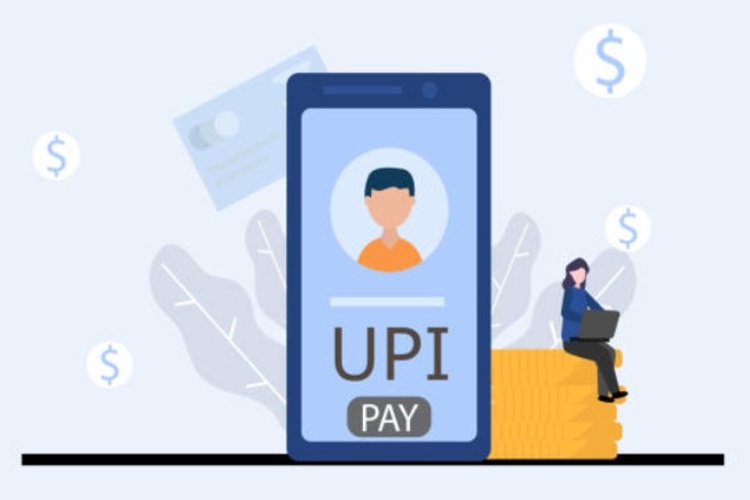
UPI global expansion: Few transformations in modern India have been as swift or seamless as the way digital technology has reshaped how Indians pay and get paid. The rise of the internet and smartphone penetration made digital transactions a part of everyday life. What began as domestic convenience is now expanding to the global stage. As technology and financial integration deepen, cross-border payments are emerging as the next big test for India’s payments ecosystem.
The Reserve Bank of India, in its latest Payments System Report, struck a balance between optimism and caution. While India’s digital payments revolution is advancing swiftly, the central bank warned of new risks tied to global financial geopolitics and frictions in international transactions.
READ | Why India’s economic indicators are being rebasing in 2026
The RBI report highlights that global financial infrastructure remains highly centralised and dependent on a handful of major settlement currencies. This concentration exposes the system to shocks — economic, operational, and even political. Sanctions, restrictions, or disruptions in key financial systems can cut off entire markets. Countries facing such risks are exploring bilateral or multilateral alternatives to ensure continuity. For India, the challenge is to build both depth and diversification into its payments infrastructure. The goal is not just digital efficiency, but strategic resilience against geopolitical volatility.
UPI global expansion plan
Technological innovation, cross-jurisdiction investments, and global migration are reshaping how money moves across borders. India leads the world in remittances, receiving over $137.7 billion in 2024. The vast Indian diaspora fuels foreign exchange reserves and provides the foundation for expanding India’s digital payments abroad.
The RBI has actively promoted interoperability by linking India’s Unified Payments Interface (UPI) with other countries’ fast payment systems. The UPI-PayNow link between India and Singapore became operational in 2023. Travellers can now make payments via QR codes in Bhutan, France, Mauritius, Nepal, Singapore, the UAE, and Qatar.
India has also joined Project Nexus, alongside Malaysia, the Philippines, Singapore, and Thailand to push UPI global expansion. This initiative seeks to connect domestic payment systems to enable instant cross-border retail payments — a landmark in global financial cooperation.
The cost factor: Remittances getting cheaper
Another bright spot is the falling cost of remittances. The Kuwait–India corridor recorded a transaction cost of 2.1% in Q4 2024, below the UN and G20 global benchmark of 3% by 2030 and well within the 5% ceiling. Yet, the RBI notes that such low-cost corridors remain exceptions rather than the norm.
Many other routes still face long transaction chains, multiple intermediaries, and fragmented data standards. These legacy systems slow down transfers and inflate costs—especially hurting small businesses and individuals. Even as India leads in digital efficiency at home, cross-border payments remain slow and expensive in several regions.
Domestic payments: UPI’s unmatched dominance
India’s domestic payments have grown at an unprecedented pace. The total value of payment transactions jumped from ₹1,775 trillion in 2023 to ₹2,830 trillion in 2024, powered almost entirely by digital platforms. The rise of UPI is particularly striking — India now accounts for 48.5% of real-time payments globally, with transaction volumes up 41.7% and value up 30.3% in FY25.
Credit and debit card trends reveal an interesting split. Debit card usage — mostly for cash withdrawals — has declined in both volume and value since 2019. In contrast, credit cards have grown as the preferred mode for online purchases and short-term credit access. Private banks dominate this segment, with market share rising from 65.8% in 2020 to 70.8% in 2025. Public sector banks improved slightly, while foreign banks’ share plunged to 4.1%.
The dual narrative: Growth meets global risk
The RBI report captures a dual reality. India’s payments ecosystem is surging ahead—driven by rapid digitisation, UPI’s leadership, and expanding cross-border connectivity. Yet, the global payments architecture remains fragile, exposed to geopolitical shocks and interoperability gaps.
UPI global expansion will test India’s ability to combine speed, cost efficiency, and resilience. As remittance inflows remain strong and UPI’s global reach expands, the focus must shift to reliable cross-border rails that safeguard the gains made at home. Building a frictionless global payments system will determine whether India’s fintech revolution truly becomes a global benchmark for inclusive and secure finance,
